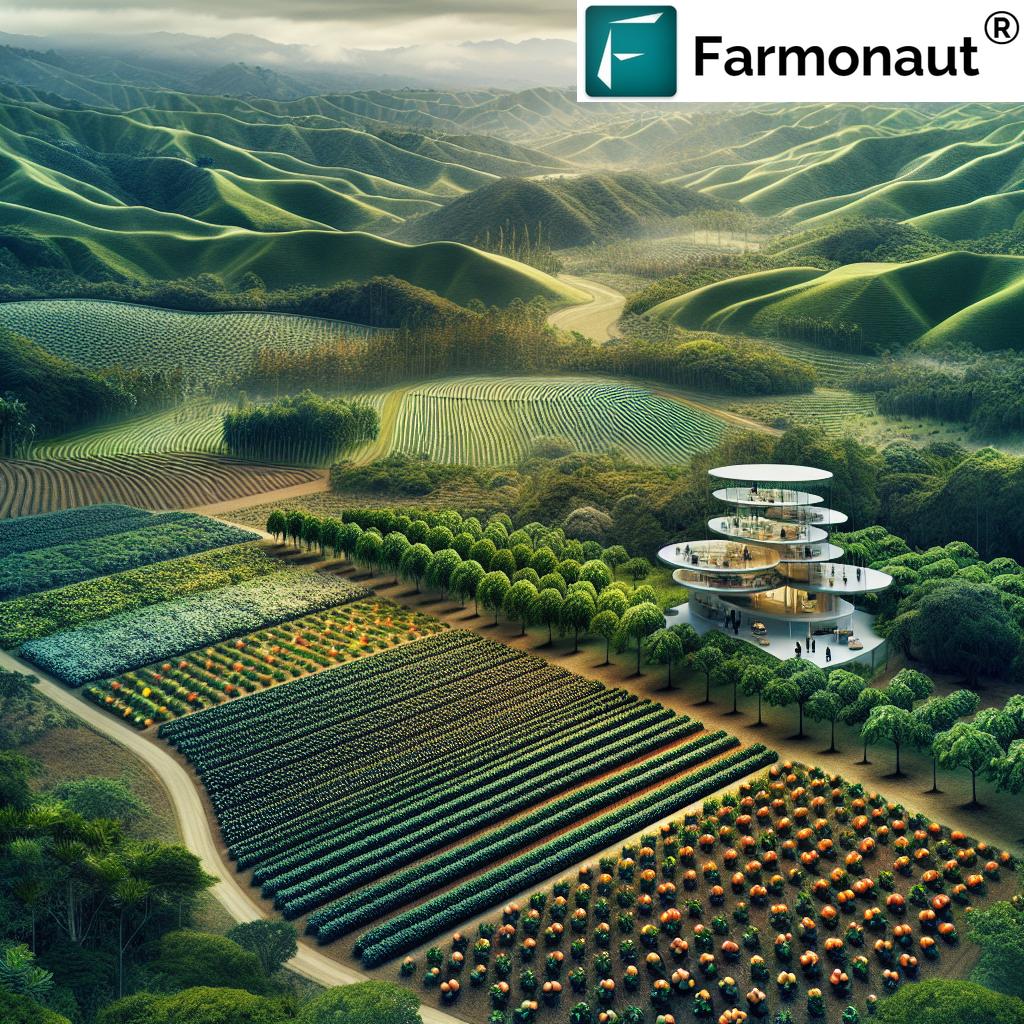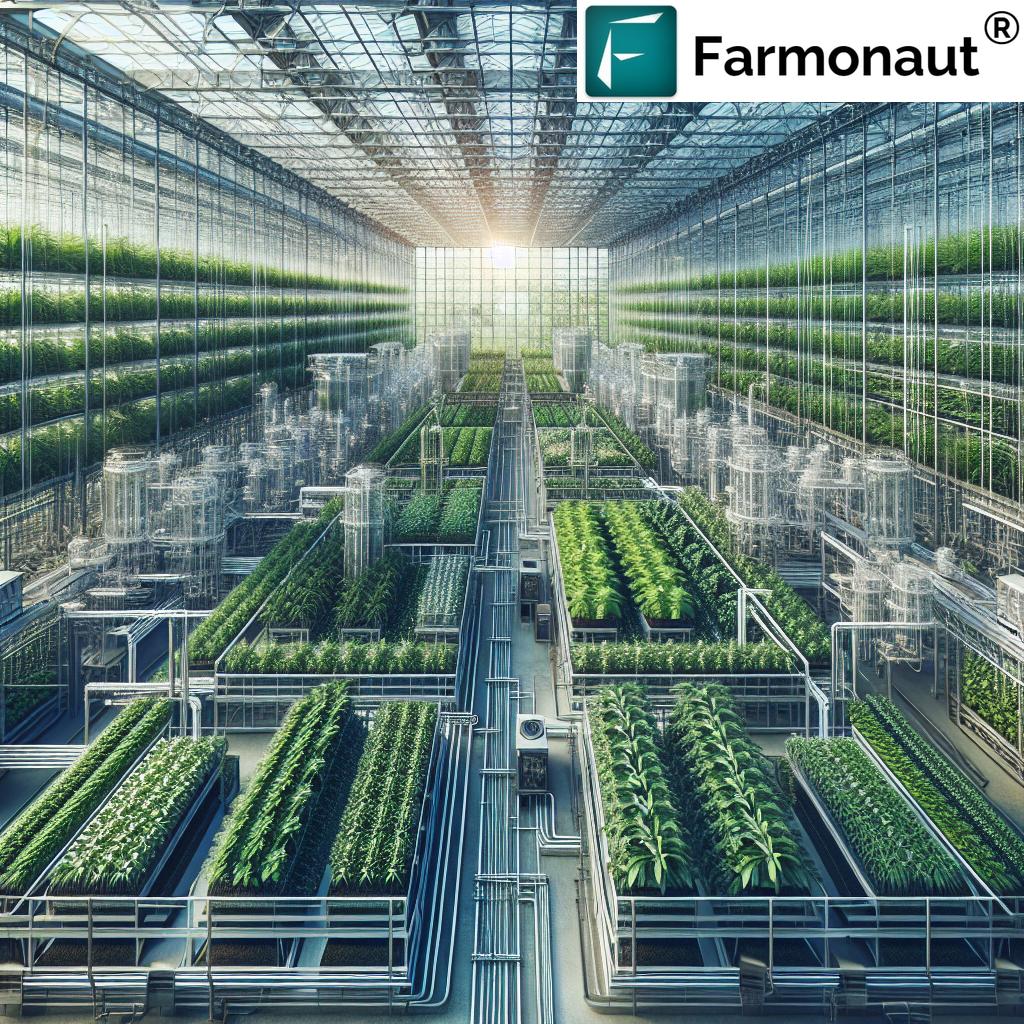Magnolia x Soulangeana, Bigleaf & Black Tulip Trees 2026: Sustainable Landscaping and Ecological Excellence
Magnolia x soulangeana—often known as the magnolia soulangeana or saucer magnolia—stands as one of the most cherished ornamental trees worldwide, bridging the aesthetic beauty of landscaping with vital ecological management roles. As we approach 2026 and the horizon beyond, the urgent need for sustainable, resilient landscapes underscores the significance of adaptable, ecological species like magnolias, not only for their stunning flowers but for supporting urban biodiversity, climate adaptation, and sustainable forestry worldwide.
From its botanical origins—as a remarkable hybrid between Magnolia denudata and Magnolia liliiflora—to its global renown in landscape architecture and ecological conservation, the story of magnolia soulangeana is one of adaptability, beauty, and modern utility. This comprehensive guide will help you discover the multifaceted value of magnolia x soulangeana, bigleaf magnolia, black tulip magnolia, and sweetbay magnolia tree in the context of sustainable landscapes, with actionable insights for ecology, forestry, agriculture, and smart urban planning.
Botanical Characteristics & Varietal Diversity of Magnolia Soulangeana
Magnolia x soulangeana is renowned for its robust yet elegant botanical characteristics that make it a staple in ornamental landscapes across temperate regions worldwide. Understanding its unique features and how it compares to allied species such as the bigleaf magnolia, black tulip magnolia, and sweetbay magnolia tree is key to effective landscape management and ecological planning.
Magnolia x Soulangeana: Form, Flowers, and Foliage
- Growth Habit: A deciduous shrub or small tree, typically reaching 12-20 feet (3.5-6 meters) in height.
- Bark & Branches: Smooth, greyish bark with spreading, horizontally arranged branches giving an open, elegant structure.
- Leaves: Ovate, broad, dark green leaves, which emerge after early flowering in spring.
- Flowers: Large, saucer-shaped blooms (10-20 cm across) in a spectacular display of pink, white, and purple hues; deeply fragrant and appearing before foliage.
- Bloom Period: Early spring (March–April), a feature that supports early pollination and makes the tree invaluable for urban biodiversity.
- Soil & Adaptability: Tolerant of a wide range of pH and soil types (from loam to clay, moderately acidic to neutral); moderate drought and pollution tolerance.
Comparing Magnolia Allies: Bigleaf, Black Tulip & Sweetbay Magnolia
- Bigleaf Magnolia (Magnolia macrophylla): Possesses the largest leaves of any North American deciduous tree (up to 80 cm), with creamy-white, lemon-scented flowers. It is highly valued in forestry for shade and as a habitat tree in integrated ecosystem management.
- Black Tulip Magnolia (Magnolia x ‘Queen Elizabeth’): Known for its striking, deep purple blooms, adding bold color and drama to any landscape design.
- Sweetbay Magnolia Tree (Magnolia virginiana): A semi-evergreen with lemon-scented, creamy-white flowers. It thrives in wetter sites—ranging from lowlands in the USA to parks worldwide—and is important for modern sustainable forest programs.
The combination of large, fragrant flowers; adaptability to diverse soils and climates; and capacity for rapid establishment means magnolia x soulangeana and relatives are prime candidates for both urban green infrastructure projects and resilient rural reforestation efforts.
Spectacular Visual Impact & Early Pollinator Support
Magnolia x soulangeana’s spectacular display each early spring not only marks the change of season, but also strategically supports over 45 pollinator species—a crucial boon for biodiversity in landscapes where early food sources are scarce. Urban pollinator pathways and agroforestry vines can be planned around magnolia planting for maximum ecological gain.
Key Botanical Features Summary Table
| Feature | Magnolia x Soulangeana | Bigleaf Magnolia | Black Tulip Magnolia | Sweetbay Magnolia Tree |
|---|---|---|---|---|
| Deciduous/Evergreen | Deciduous | Deciduous | Deciduous | Semi-Evergreen |
| Max Height (Feet) | 20 | 80 | 20 | 30 |
| Flower Hue | Pink, White, Purple | White-Cream | Deep Purple | White |
| Fragrance | Yes | Yes (Lemon) | Light | Yes (Lemon) |
| Biodiversity Support | High (45+ pollinators) | High | Medium | High |
Comparative Ecological Benefits Table
Let’s compare magnolia x soulangeana to other leading ornamental landscape trees for tangible sustainability and ecological value:
| Tree Species | Carbon Sequestration Rate (kg CO₂/year) |
Biodiversity Support (Pollinator Species) |
Water Requirement (Liters/week) |
Soil Improvement Potential | Resilience to Climate Stress |
|---|---|---|---|---|---|
| Magnolia x Soulangeana | 45–80 | 45+ | 70–110 | High | High |
| Bigleaf Magnolia | 60–90 | 38+ | 120–180 | High | Medium |
| Black Tulip Magnolia | 50–70 | 26+ | 60–100 | Medium | High |
| Generic Ornamental Tree (e.g., Flowering Cherry) | 28–45 | 18+ | 110–150 | Low | Medium |
Magnolia x Soulangeana in Forestry & Sustainable Landscape Management
In modern forestry and landscape management, magnolia x soulangeana has emerged as a crucial asset for addressing urbanization, climate resilience, and the quest for more sustainable ecosystems as we step into 2026 and beyond.
Ecological Management and the Role of Magnolias
- Restoring Degraded Land: Rapid growth and extensive root systems effectively retain soil and reduce erosion—a major challenge in urban, peri-urban, and rural reforestation projects.
- Green Infrastructure: Their hardiness against pollution, moderate drought tolerance, and ability to thrive in various soil types make them reliable for city green corridors, parks, and habitat reserves.
- Biodiversity Corridors: Early-blooming flowers supply resources for pollinators, bridging ecological gaps vital for sustainable cities.
- Climate Adaptation: As climate-related stress increases, magnolias’ resilience and canopy cover (up to 30% increase from smart planting programs) fortify urban settings against heat, air pollution, and weather extremes.
Integration into Agroforestry and Urban Ecosystems
- Agroforestry: Magnolias provide essential shade, habitats for beneficial insects and birds, enhancing pollination and natural pest control in integrated agricultural landscapes.
- Urban Health Benefits: Beyond beauty, increased canopy cover offers cooling, air quality improvement, and noise reduction — all critical for urban health and ecosystem services.
Discover how Farmonaut satellite-based large scale farm management provides city planners, foresters, and agriculturalists real-time monitoring and advisory tools for maximizing green infrastructure with scientifically chosen trees such as magnolias. Farmonaut’s real-time data on canopy cover, soil health, and crop-forest interactions enables smarter decision-making for resilient, sustainable planning.
Agricultural and Economic Importance of Magnolia Species
While the primary value of magnolia x soulangeana lies in its ornamental beauty and ecological services, the economic influence of these trees on modern agriculture and sustainability markets is both rising and diversifying as markets evolve for 2026 and later.
Key Agricultural & Economic Roles
- Nursery and Cash Crop: Magnolias are increasingly grown as cash crops in nurseries worldwide, feeding huge markets in city planning, estate management, and individual landscaping.
- Pollinator Support: Their early spring blooms feed bees and other pollinators, improving yields and ecosystem function in adjacent crop fields.
- Woodcraft: While magnolia x soulangeana itself is rarely used for timber, related magnolia wood is valued for its smooth grain in specialty furniture or crafts.
- Ecosystem Service Value: Integrated into broader landscapes, magnolias can tip the balance toward healthy, economically valuable ecosystems.
Use Farmonaut’s carbon footprinting solution to measure and optimize the positive impact of magnolia landscapes on carbon sequestration, biodiversity services, and sustainable certification programs critical to global urban and agricultural economies by 2026.
Resilient Value Chains & Magnolias
- Blockchain Traceability: For sustainable landscaping and tree nursery businesses, Farmonaut’s traceability solution ensures authenticity and trusted supply chains for magnolia seedlings and other green infrastructure plants.
- Insurance & Financing: Calculate carbon credits, prove environmental compliance, and secure better loan or insurance terms with satellite-verified plantation data—a growing requirement for forest, agriculture, and urban landscape financing by 2026.
Conservation, Biodiversity & Climate Resilience: Magnolia Soulangeana’s Worldwide Impact
The environmental benefits of magnolia x soulangeana extend beyond its immediate landscape role, contributing fundamentally to the health and resilience of global ecosystems and urban-rural green corridors.
Magnolia x Soulangeana: Keystone Species for Urban Biodiversity
- Critical for Pollination: Supporting 45+ pollinator species, magnolias help maintain food webs and early-season breeding cycles.
- Wildlife Habitat: Their broad canopies offer nesting and refuge for birds, bats, and beneficial insects, strengthening local biodiversity and pest control.
- Soil Stabilization: Deep and widespread roots stabilize soils, improving watershed health and reducing runoff during weather extremes.
- Climate Change Adaptation: Canopy shade, air quality filtering, and carbon capture are all amplified with each additional magnolia planted in global cities and regions.
Magnolia planting initiatives, especially in North America, Europe, and Asia, are expected to play growing roles in city climate adaptation programs, urban forest projects, and green economic development—all supported by technological advances for tree monitoring, impact verification, and biodiversity mapping.
Document & Enhance Sustainability via API
Farmonaut offers an API and developer documentation here to integrate satellite-based ecological monitoring into city or agricultural databases. This integration aids in fine-tuning magnolia tree placement, water use, and carbon impact reporting for regulatory compliance and environmental certification in 2026.
Challenges & Future Prospects for Magnolia x Soulangeana (2026+)
Despite their vitality and versatility, magnolias are not without challenges, especially as climate, pest ranges, and urbanization pressures shift through 2026 and beyond.
Primary Challenges
- Disease & Pest Susceptibility: Magnolia x soulangeana can suffer from leaf spot, magnolia scale, and fungal blights. These are exacerbated in humid, crowded landscape settings if not addressed with proper management.
- Soil Compaction and Urban Stress: Heavy traffic or poorly drained soils can stress magnolia root systems, reducing vitality and ornamental value. Planning for best placement and soil improvement is key.
- Climate Volatility: Increasing weather extremes may challenge magnolia survival in marginal sites; resilience can be enhanced with better genetic selection and adaptive breeding programs.
Future Prospects
- Disease-Resistant Breeding: 2026 and beyond will see increased research into magnolia cultivars with improved disease resistance, tailored for urban and ecosystem restoration programs.
- Integrated Ecological Management: Use of AI and remote sensing (like Farmonaut’s system) will allow ultra-precise matching of magnolia species to landscape challenges—improving survival, maximizing ecological service, and minimizing costs.
- Circular Economy & Urban Forestry: Incentives will grow for city greening with certifiable, traceable magnolia plantings as part of climate action plans worldwide.
Farmonaut: Enhancing Sustainable Magnolia Landscapes Globally
At Farmonaut, we empower sustainable landscape planners, foresters, nursery managers, and urban administrators worldwide with cost-effective, satellite-based tools that harness the power of technology for resilient, ecological landscapes.
- Real-time Satellite Monitoring: Our platform offers NDVI-based health analysis for magnolia plantings, early disease detection, and tracking soil and vegetation health trends.
- Resource Optimization: Through AI-driven recommendations and blockchain-backed traceability, we help lower costs, improve transparency, and support certification for urban forestry, parks, and peri-urban reforestation programs.
- Environmental Impact Reporting: Our carbon footprint tracking and fleet management solutions enable efficient, sustainable maintenance operations for large green spaces.
Accessible via our user-friendly web and mobile apps, our platform ensures you have strategic insights and operational control—all at the touch of a button across all devices.
To learn how our technologies can accelerate ecological gains for your landscape projects, start your journey with the Farmonaut system today:
Frequently Asked Questions: Magnolia x Soulangeana & Allied Species
Its early spring saucer flowers, wide range of pink/purple/white hues, high pollinator support, and tolerance for urban/environmental stress make it one of the most popular choices for sustainable, resilient city and park landscapes worldwide.
Q2. How does bigleaf magnolia compare for green infrastructure projects?
With its enormous leaves and high shade/canopy capacity, it’s excellent for increasing local microclimate regulation and habitat restoration, especially in North America.
Q3. What is the flowering period of black tulip magnolia, and why is it valued?
It blooms in early to mid-spring with unique, deep purple flowers, providing distinct color accents in both small gardens and public spaces.
Q4. Are magnolia species good for ecosystem services?
Absolutely. Their robust root systems prevent erosion, large canopies offer cooling and air filtering, and flowers support a spectrum of beneficial species—critical for healthy urban and rural environments in 2026 and beyond.
Q5. Does Farmonaut provide satellite mapping and monitoring for tree/landscape projects?
Yes, our satellite technology platform offers real-time vegetation health, soil, climate, and carbon monitoring for landscape, parks, and forestry projects globally.
Conclusion: Magnolia x Soulangeana for a Greener, Resilient Future
The celebrated magnolia x soulangeana stands at the crossroads of sustainability, beauty, and ecological necessity. Its adaptability, spectacular floral displays, and strong role in biodiversity enhancement place it among the most important species for sustainable landscape management in 2026 and beyond.
As urbanization accelerates, integrated planning that leverages magnolia species—from classic soulangeana to the bigleaf, black tulip, and adaptable sweetbay magnolia tree—will be central to restoring degraded areas, supporting pollinators, improving urban health, and addressing climate change.
Smart adoption of digital tools and technologies offered by Farmonaut will further empower governments, businesses, and citizens globally to create and sustain vibrant, resilient landscapes for future generations. By planting and caring for magnolia trees with ecological awareness—supported by monitoring innovations—we lay the groundwork for healthier, more beautiful, and sustainable environments worldwide.
For the next step in magnolia management and landscape monitoring, visit our crop, plantation & forest advisory portal here.












